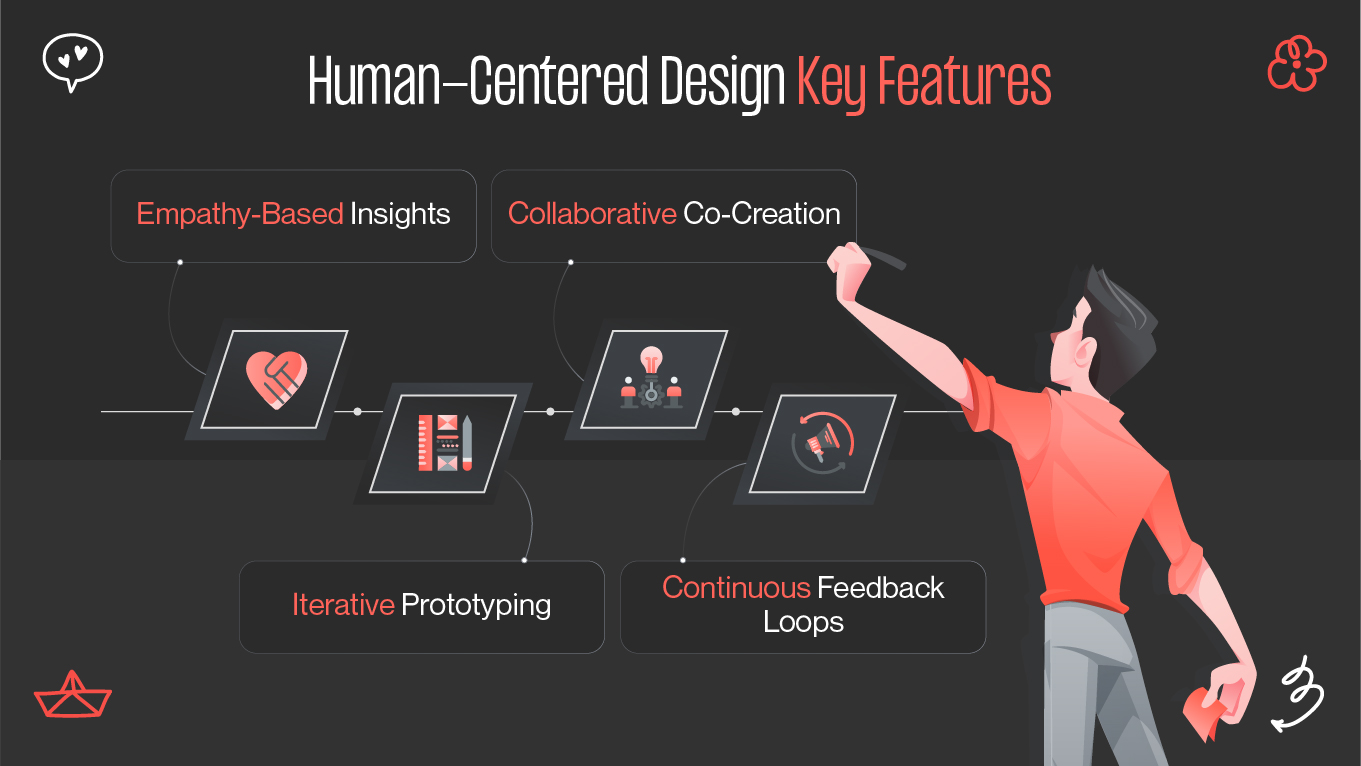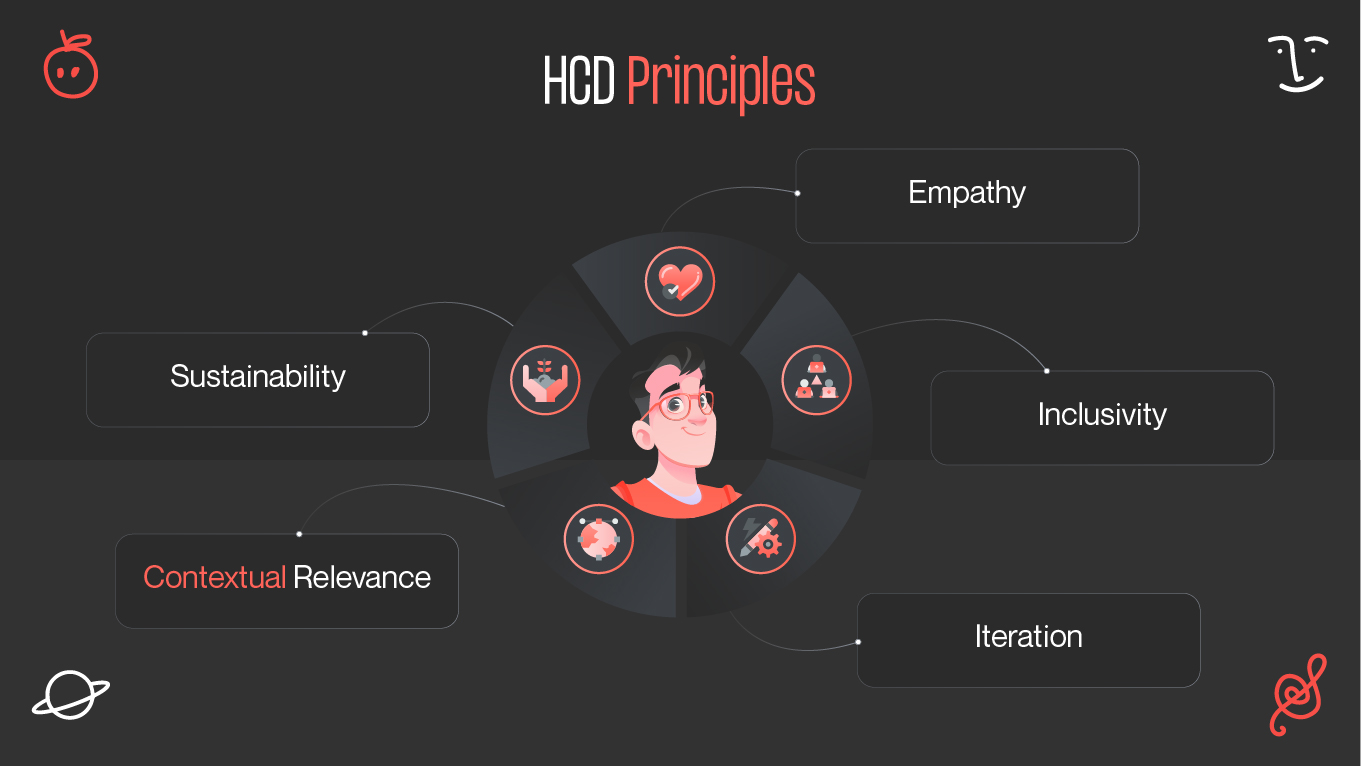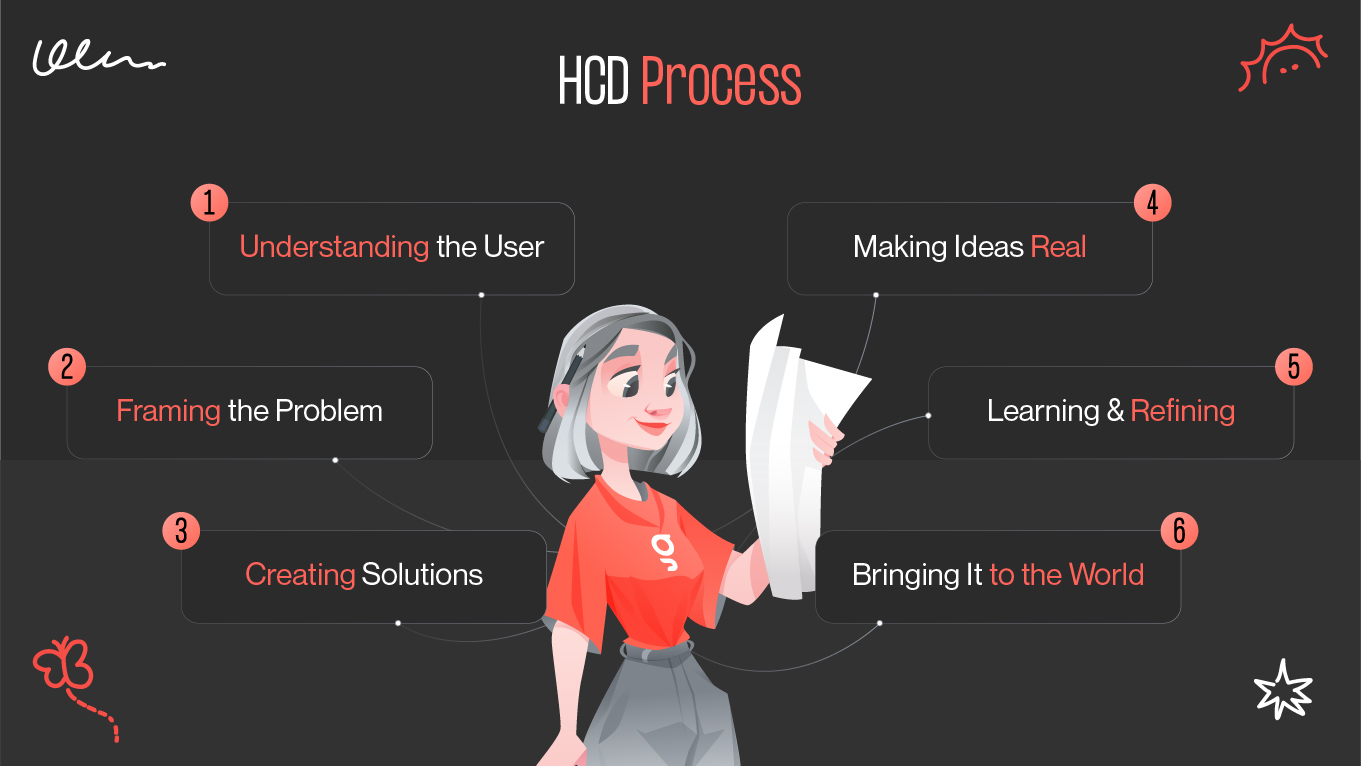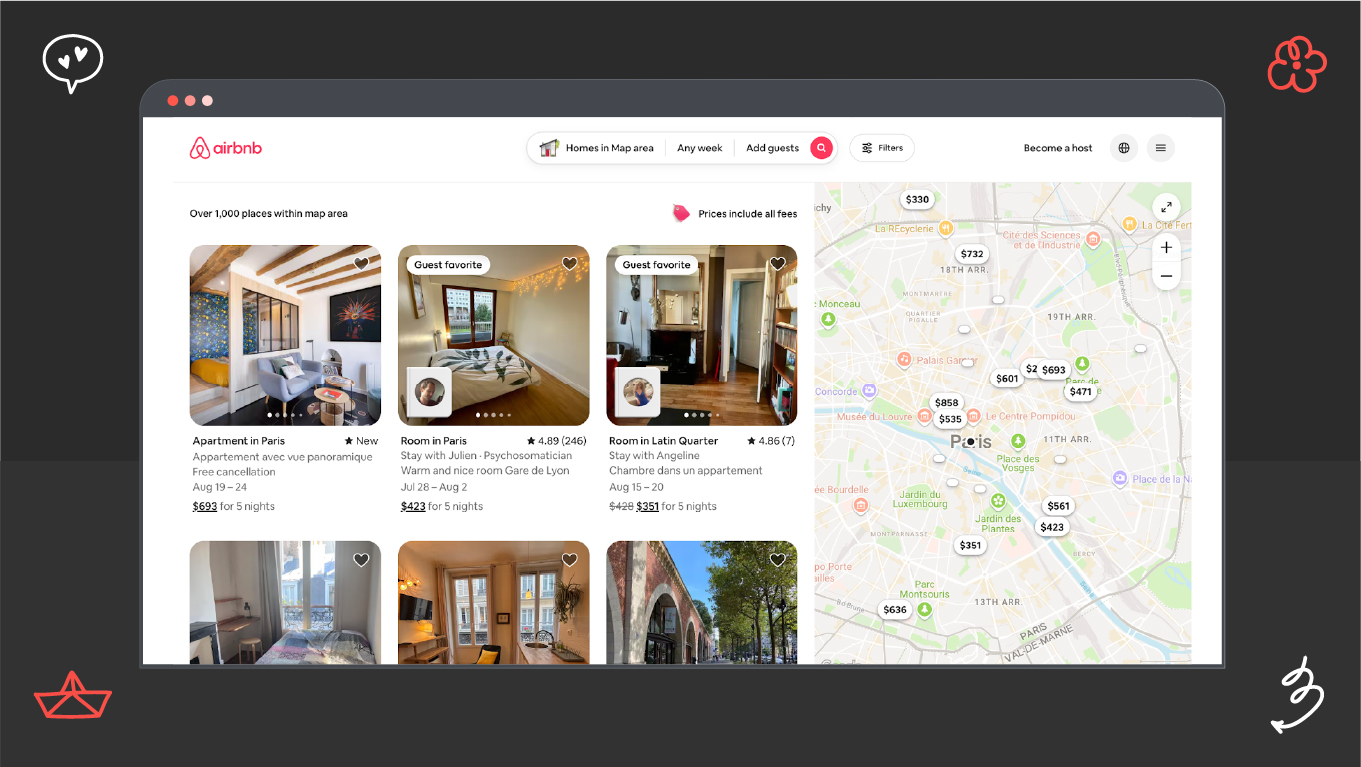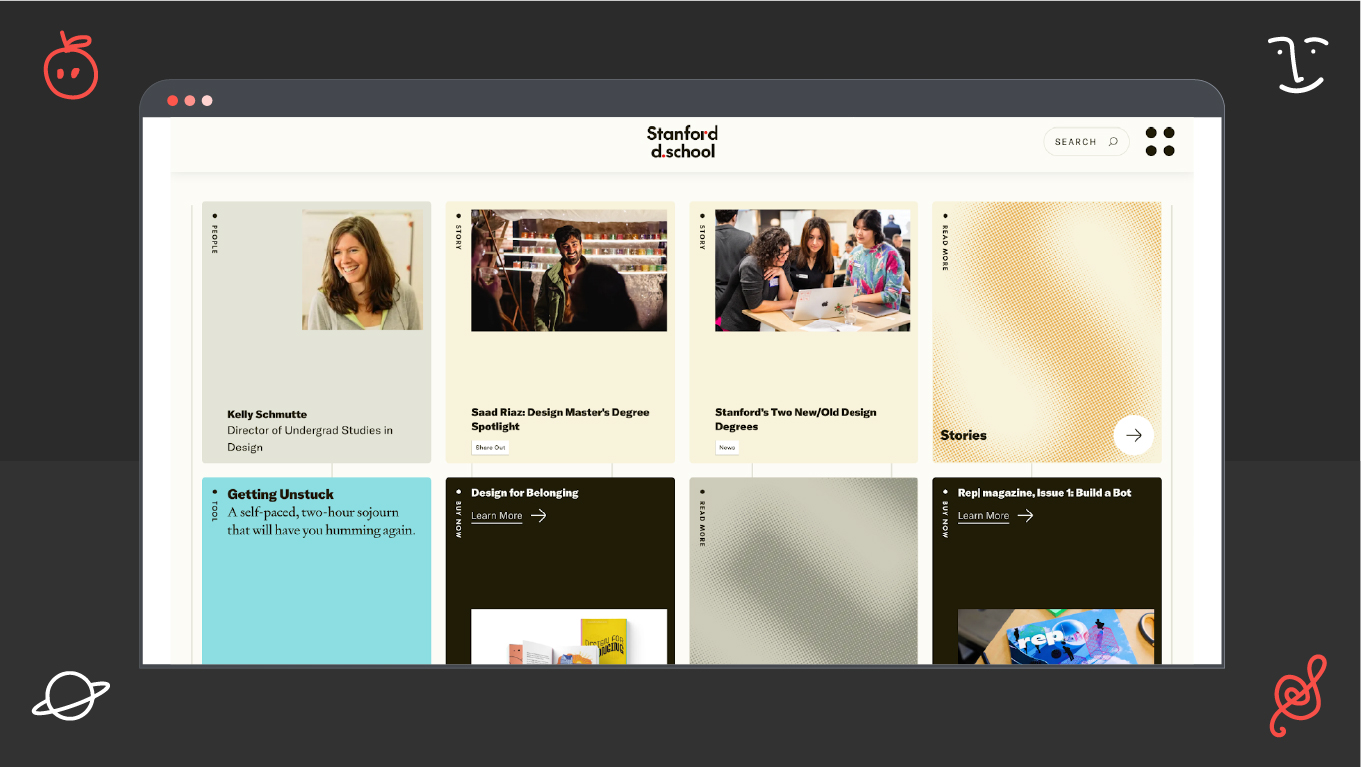The imperative for patient, user-focused design has never been so urgent. Enter human-centered design (HCD) — a problem-solving approach that puts people first. It's not a buzzword or a flash in the pan. It's a design philosophy, approach to innovation, and mindset that truly transforms the way products, services, and systems are created to positively impact people's lives.



